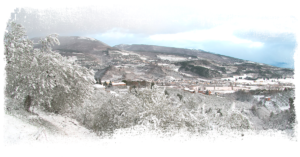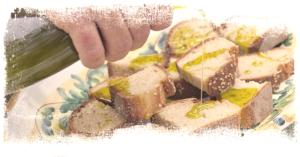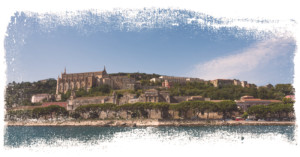Andalusia is the Spanish oil region par excellence, in which there are more than 170,000 olive trees. But above all, thanks to its very varied cultural and territorial nature, it is a place that offers endless itineraries for those who love the sea, for those who prefer to visit cities of art and for those in search of climbing routes or nature walks.
Granada and the Alhambra
Granada, one of Andalusia’s provincial seats, was founded by the Romans under the name of Illibris, but enjoyed its heyday during the period of Arab domination. Its most famous monument is the Alhambra, recognised as a World Heritage Site by UNESCO in 1984, a walled citadel called Medina in Arabic, located on the high ground of the city. The most characteristic local cultivars are Loaime, Lechín de Granada, Lucio, Hojiblanca and Picual.
Cadiz and its cathedral
Cadiz is probably Europe’s oldest city, founded by the Phoenicians in 1100 BC. Its historic centre, which is located on an island, is dominated by the golden dome of the Cathedral of Santa Cruz Sobre el Mar, which was built between 1772 and 1838 in Baroque, Rococo and Neoclassical styles. The most widespread cultivars in the Cadiz area are Alameño, Verdial, Chesna, Blaquillo, Amargosa and Manzanilla Picua.
Jaén and Assumption of the Virgin Cathedral

Jaén is the provincial seat of the Spanish province richest in olive trees, as well as a town steeped in history, having been an important settlement since prehistoric times. Its not-to-be-missed monument is Assumption of the Virgin Cathedral, built between 1494 and 1724, combining Baroque and Renaissance styles. As noted, Jaén can be considered the world capital of olive trees, whose most characteristic cultivar is Picual, with 97% of the trees in the area.
Seville and the Giralda
Seville is the capital of Andalusia and rises on the banks of the Guadalquivir river. It was founded in the eighth century BC. by the Tartessians, a local population. One of Seville’s most interesting monuments is the Giralda, the ancient minaret of the mosque of the city, subsequently annexed to the city’s Cathedral and turned into the bell tower. Some of the typical local cultivars are Gordal Sevillana, Manzanilla de Sevilla and Lechín de Sevilla.









Leave A Comment